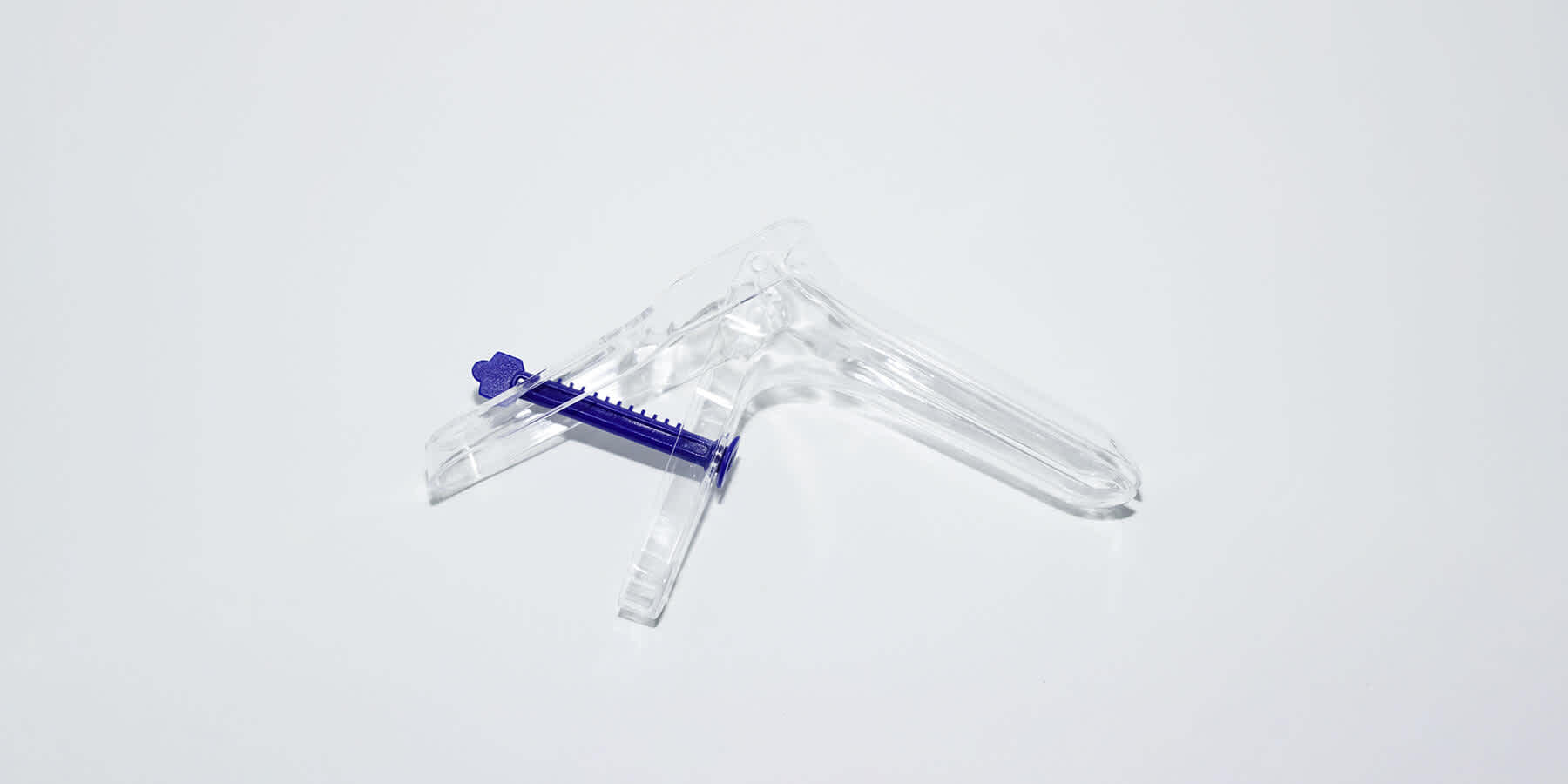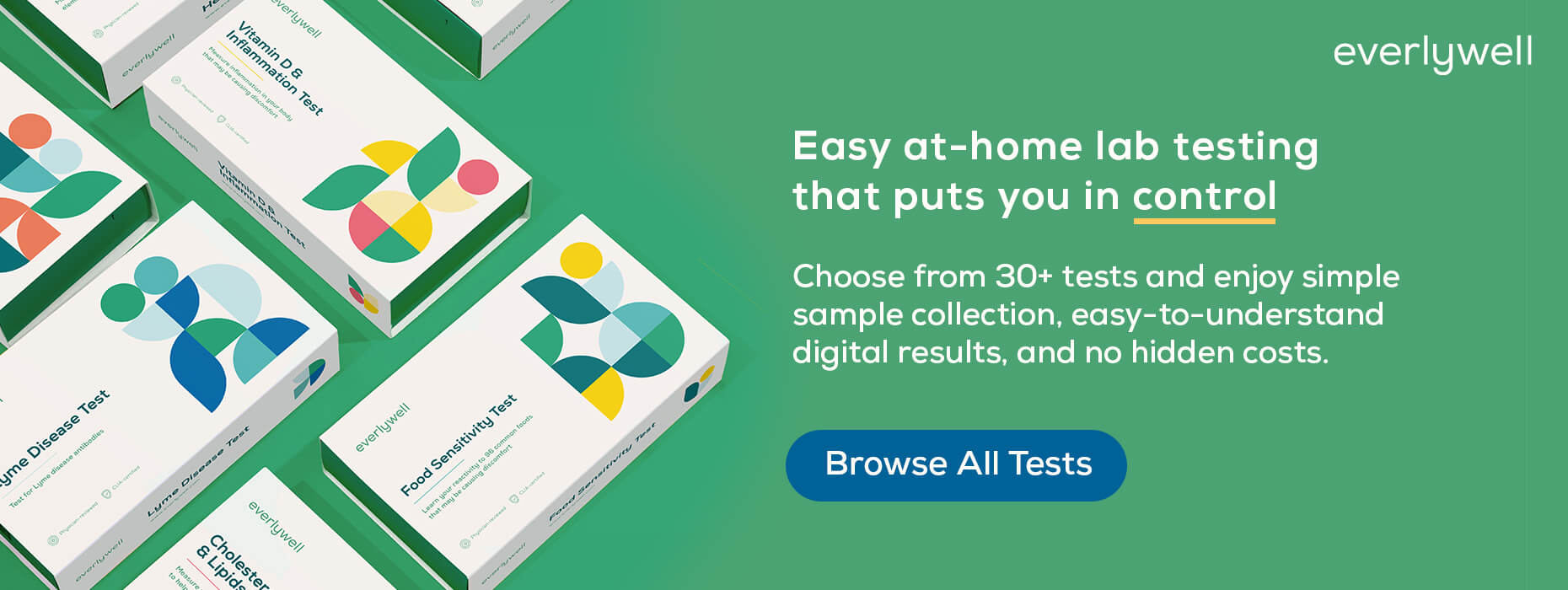
HPV test vs. pap smear: what's the difference?
Medically reviewed on February 17, 2022 by Jordan Stachel, M.S., RDN, CPT. To give you technically accurate, evidence-based information, content published on the Everlywell blog is reviewed by credentialed professionals with expertise in medical and bioscience fields.
In the United States, nearly 12,000 women are diagnosed with cervical cancer each year [1], with the majority of these cases caused by the Human Papillomavirus (HPV) [2].
Even though many people have HPV, many don’t realize until it is too late. Fortunately, cervical cancer is highly preventable these days, thanks to the existence of HPV vaccines as well as important screening methods like pap smears and HPV tests. Below, we’ll review the difference between an HPV test and a pap smear. We’ll also walk through which follow-up tests to take if cervical screening for cancer uncovers an abnormal test result.
What to expect when getting an HPV test or a pap smear
HPV tests and pap smears help reduce cervical cancer risk by detecting abnormal cervical cells or high-risk HPV infections.
Here’s a closer look at how these two screening methods work.
How HPV tests work
The leading cause of cervical cancer is HPV. High-risk strains of HPV cause nearly 70% of cervical cancer cases [3]. With HPV testing, these high-risk strains can be detected early on. HPV tests accomplish this by checking whether genetic material unique to HPV can be found in a sample of cervical cells [4].
Samples for HPV testing can be collected either by a clinician or by the person being screened. For example, with Everlywell at-home HPV Tests for females, a collection kit is shipped to your home (or the address you specified when placing your order). The collection kit contains a vaginal swab so you can collect a vaginal sample from the comfort and privacy of home.
After sample collection, you place the sample in a biohazard bag (also included with the kit) and ship the sample to a certified laboratory for testing (using the pre-paid return shipping label that comes with the kit). You’ll then receive physician-reviewed, digital results in days that can be viewed on our secure platform.
How pap smears work
A pap smear can help determine if there are abnormal cell changes in the cervix that may develop into cervical cancer. While HPV testing is relatively new, pap smears have been a popular cervical cancer screening tool for many decades.
Here’s how they work:
- Pap smears use the same type of pelvic exam as HPV tests. Once a healthcare provider collects a sample of the cervical cells, they will send it to the lab.
- A cytologist or pathologist will then examine the sample under a microscope to see if any abnormalities are present. Abnormal cervical cells can be caused by HPV.
- If a pap smear uncovers abnormal cell changes, a healthcare provider may want to conduct additional tests to find out if the cells are benign, precancerous, or cancerous. If a pap smear comes back normal, there is no need to schedule another one for three years.
As you can see, HPV tests and pap smears are two useful tools for seeing if there is a risk of developing cervical cancer. After age 30, they’re often conducted at the same time, which is a process known as “co-testing.”
Which one is better at preventing cervical cancer?
While both cervical cancer screening tools are valuable, growing evidence suggests that HPV tests may be a superior prevention tool [5]. That’s because HPV tests can find out if you’re infected with a high-risk HPV strain before the cervix develops any abnormal cells.
HPV test results are also easier to interpret since they produce a clear positive or negative result. In contrast, pap smears require a skilled pathologist to examine the cells and to assess their appearance. This visual evaluation process may be more prone to inaccuracies.
Due to these HPV testing advantages, a study from the Journal of the National Cancer Institute found that women with negative HPV tests have half the risk of developing cervical cancer within three years than women with normal pap smear results [6].
Cervical cancer screening guidelines
Staying on top of cervical screening can help to catch abnormalities before they become cancerous. Here you’ll learn more about the current testing guidelines for cervical cancer prevention [7].
How often should you get an HPV test?
HPV tests are recommended for women between the ages of 30 and 65. They should be conducted once every five years.
Waiting until age 30 to have HPV testing is encouraged because 80 percent of sexually active people will catch HPV at some point during their lifetime [8]. 90 percent of women clear the infection on their own eventually [9]. Thus, in your 20s, there’s a high chance of testing positive for HPV even though the body will most likely clear it shortly after. Testing positive for HPV during this time may lead to unnecessary treatments and emotional stress.
If you haven’t cleared an HPV infection by the age of 30, there’s a greater chance that you’re infected with a high-risk strain. Long-lasting HPV infections are more likely to lead to cancer [10].
How often should you get a pap smear?
The current cervical cancer screening guidelines recommend getting a pap smear every three years starting at age 21. Once you turn 30, you can reduce pap smear frequency to every five years if you get an HPV test done along with it.
If HPV tests and pap smears come back normal, a healthcare provider may say that you can stop cervical cancer screenings once you turn 65. You can also cease cervical cancer screening if you have your uterus and/or cervix removed during a hysterectomy.
A healthcare provider may recommend continuing regular screenings past 65 if you [11]:
- Have a weakened immune system
- Received a recent positive HPV test or abnormal pap smear result
- Have a history of precancerous cervical cells or cervical cancer
- Are HIV positive
- Were exposed to diethylstilbestrol before birth (a synthetic form ofestrogen that was prescribed to pregnant women between 1938 and 1971) [12]
Abnormal HPV test and Pap smear results: The follow-up procedures Adhering to the cervical cancer screening guidelines can help to prevent cervical cancer. But what happens if tests reveal abnormal results?
A positive HPV test or abnormal pap smear doesn’t necessarily mean that there is cervical cancer. In fact, most women with abnormal results don’t have cervical cancer. A healthcare provider will need to conduct some follow-up tests to determine a diagnosis. Some of these tests may include:
- More frequent pap smears and HPV tests – A healthcare provider may advise to schedule HPV tests and pap smears more frequently, such as every one to three years. This way, you can see if a HPV infection or abnormal cervical cells clear up on their own.
- Colposcopy – A colposcopy test allows a healthcare provider to examine the vagina and cervix with a colposcope, which is a lighted magnifying tool. Most colposcopies also include cervical biopsies.
- Cervical biopsy – During a cervical biopsy, a healthcare provider can remove a small piece of cervical tissue with a curette. After this tissue is sent to a laboratory, a pathologist can examine it under a microscope to see if it contains any cancerous cells.
By monitoring and examining cervical abnormalities with these tests, a healthcare provider can determine if there is cervical cancer or not.
Cervical cancer treatment options
If abnormal cervical cells appear to be cancerous, they will need to be removed to prevent cancer from spreading. The earlier that they are removed, the better.
Some common surgical removal procedures for cervical cancer include:
- Cold knife conization – A cold knife conization removes a cone-shaped section of cancerous cervical tissue with a scalpel. This procedure usually requires general anesthesia.
- Loop Electro-Surgical Excision Procedure (LEEP) – A LEEP is a quick procedure that uses a small, heated wire to remove cancerous or precancerous cells from the cervix. It usually only requires local anesthesia.
- Cryotherapy – A cryotherapy procedure uses a cold probe to freeze and destroy any abnormal cervical tissue. This quick procedure usually doesn’t require any anesthesia.
- Laser therapy – Lastly, abnormal cervical cells can be destroyed with a laser. This procedure is usually done at the hospital with general anesthesia.
The survival rate for cervical cancer largely depends on the staging of cancer when it’s treated. Here’s a breakdown of the five-year post-treatment survival rate by stage [11]:
- Localized – 84.5%
- Regional – 53.2%
- Distant – 16%
Everlywell: HPV Home Test Kits for women
As you can see, HPV tests and pap smears can help to prevent cervical cancer or obtain early treatment while the prognosis is still optimistic. These tools have notably reduced the prevalence of late-stage cervical cancer and its devastating effects.
If you want to monitor cervical health, you can conduct an HPV test from the comfort of your own home. Everlywell at-home HPV test kits make it easy. They screen for 14 high-risk HPV strains, including cervical-cancer-causing strains 16 and 18. Send out your sample to our CLIA-certified lab and chat with one of our independent healthcare providers to help you make sense of the results.
Related content
Can you have HPV without symptoms?
How often do you need a Pap smear?
HPV testing guidelines: here’s what you need to know
References
1. 2016 Cervical Cancer Factsheet. Centers for Disease Control and Prevention. URL. Accessed February 17, 2022.
2. Cervical Cancer. StatPearls [Internet]. URL. Accessed February 17, 2022.
3. Cervical cancer. World Health Organization. URL. Accessed February 17, 2022.
4. HPV Testing for Primary Cervical Cancer Screening: Recommendations Report. CADTH Optimal Use Report, No. 7.1c. URL. Accessed February 17, 2022.
5. Can Cervical Cancer Be Prevented? American Cancer Society. URL. Accessed February 17, 2022.
6. NIH study finds negative HPV screening test result is a better predictor of low cervical cancer risk than a negative Pap test. National Cancer Institute. URL. Accessed February 17, 2022.
7. What Should I Know About Screening? Centers for Disease Control and Prevention. URL. Accessed February 17, 2022.
8. HPV (Human Papillomavirus). National Foundation for Infectious Diseases. URL. Accessed February 17, 2022.
9. Cervical cancer. World Health Organization. URL. Accessed February 17, 2022.
10. Basic Information about HPV and Cancer. Centers for Disease Control and Prevention. URL. Accessed February 17, 2022.
11. Benard VB, Watson M, Saraiya M, et al. Cervical cancer survival in the United States by race and stage (2001-2009): Findings from the CONCORD-2 study. Cancer. 2017;123:5119-5137.
12. Diethylstilbestrol (DES) Exposure and Cancer. National Cancer Institute. URL. Accessed February 17, 2022.
